News
GREECE 2009 annual tryptich sets
Greece central bank will issued two tryptich bu set containing eight nominal value + €10 silver commemorative coin. These sets will be available on 26th october at 35e each. Quantity 5.000 of each type.
Annual bu set with eight coins will be issued later.
Bu set "Year of astronomy"
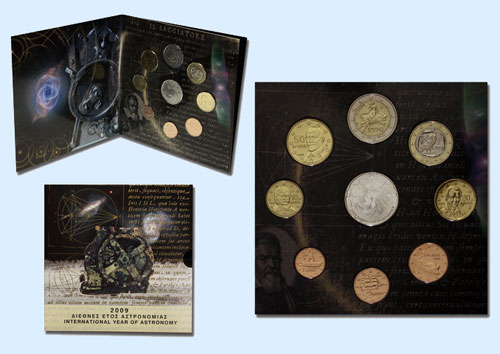
Bu set "Year Giannis Ritsos"
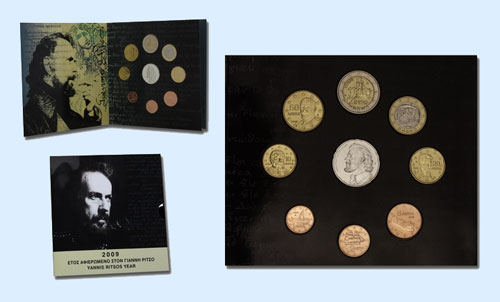
Official announcement : http://www.mof-glk.gr/en/d25/2009/anak4.pdf
LUXEMBURG New program fauna and flore
The Luxemburg central bank will launch a new collector coins about fauna and flore in luxemburg.To start , two coins will be issuedonegold and one bimetalic silver & nordic gold.
10 euro gold coin “” The coin is delivered with a certificate f authenticity giving additional information about the medallion. The coin has a face value of “10 €”. The intage is limited to 3 000 units and each certificate is individually numbered.
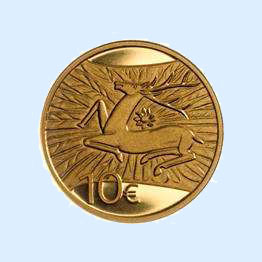
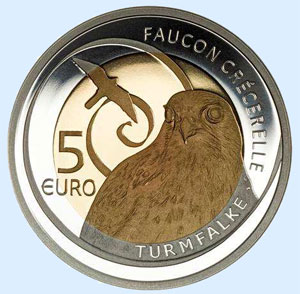
Both coins will be available as from October 29, 2009 at the counters of the BCL, 43, avenue Monterey, L-2163 Luxembourg (opening hours: Monday - Friday, 10.30 a.m. - 4.00 p.m.). The price of the gold coin “Deer of
Orval’s refuge” is 100 €. The price of the coin dedicated to the “Common Kestrel” is 40 €, also available, with additional shipment costs, in the Internet shop (eShop) to access either via the BCL homepage (www.bcl.lu) or via the following address: https://eshop.bcl.lu
AUSTRIA Issuing program 2010
Austrian mint is the first official institute to comunicate his 2010 issuing program, here bellow the details:
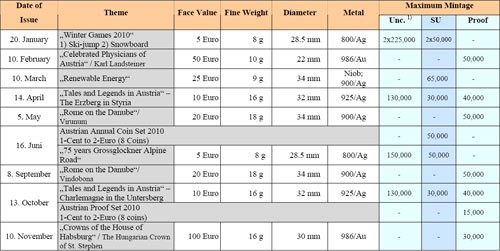
Note that there is no €2 commemorative coin planned and the continuation of the series about great physicians, tales and legends, crown of the house of Hasdburg.
BANKNOTES Biannual report about counterfeiting
In the first half of 2009 a total of 413,000 counterfeit euro banknotes were withdrawn from circulation. This is an increase of around 17% on the quantity recovered in the previous six months. The table below indicates the half-yearly trend in the number of counterfeits recovered.
| Period | 2004/1 | 2004/2 | 2005/1 | 2005/2 | 2006/1 | 2006/2 | 2007/1 | 2007/2 | 2008/1 | 2008/2 | 2009/1 |
| Number of counterfeits | 307,000 | 287,000 | 293,000 | 286,000 | 300,000 | 265,000 | 265,000 | 296,000 | 312,000 | 354,000 | 413,000 |
No significant new counterfeit classes [1] were discovered during this reporting period. Thus, the increase in quantity is due entirely to existing counterfeit classes being distributed more widely than before.
The scale of counterfeiting should be compared with the number of genuine euro banknotes in circulation (some 12.5 billion on average in the first half of 2009).
Nevertheless, the Eurosystem – i.e. the European Central Bank (ECB) and the 16 national central banks of the euro area – advises the public to remain alert with regard to the banknotes received in cash transactions. The more familiar one is with the properties and characteristics of genuine banknotes, the easier it will be to detect a counterfeit. Consequently, the Eurosystem is continuing to invest considerable effort in ensuring both that the public are well informed about how to recognise a counterfeit banknote and, for the professional cash-handling community, that banknote-handling and processing machines can reliably identify and withdraw counterfeits from circulation. Genuine banknotes can be easily recognised using the simple “FEEL-LOOK-TILT” test described on the euro pages of the ECB’s website (www.euro.ecb.eu) and the websites of the Eurosystem national central banks.
If in doubt, however, a suspect banknote should be compared directly with one that is known to be genuine. Anyone who suspects that they may have received a counterfeit should contact either the police or – where national practice allows – the relevant national central bank.
The table below provides a breakdown by denomination for the counterfeits withdrawn from circulation in the first half of 2009.
| €5 | €10 | €20 | €50 | €100 | €200 | €500 | |
| Breakdown by denomination | 0.5% | 1% | 48.5% | 34% | 13.5% | 2% | 0.5% |
In the first half of 2009 the most counterfeited banknote was the €20, which accounted for almost half of all counterfeits found. The three mid-range denominations (€20, €50 and €100) together accounted for more than 95% of all counterfeits.
The majority (more than 98%) of counterfeits recovered in the first half of 2009 were found in euro area countries, with only around 1% being found in EU Member States outside the euro area and less than 0.5% being found in other parts of the world.
European Central BankDirectorate Communications
Press and Information Division
Kaiserstrasse 29, D-60311 Frankfurt am Main
Tel.: +49 69 1344 7455, Fax: +49 69 1344 7404
Internet: http://www.ecb.europa.eu
AUSTRIA Ä100 gold "The crown of a Archduc"
The austrian mint announce the second 100-Euro gold-coin of the series "Crowns of the House of Habsburg".
The coins of the Serie
2008: The Crown of the Holy Roman Empire
2009: The Crown of an Austrian Archduke
2010: The Crown of Saint Stephen (Hungary)
2011: The Crown of Saint Wenceslas (Bohemia)
2012: The Crown of the Austrian Empire
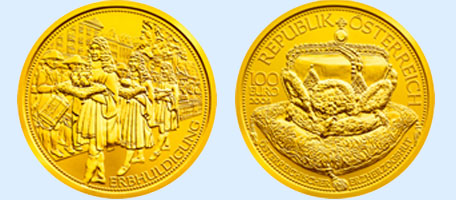
Caracteristics:
| Face Value | 100Euro |
| Date of Issue | 4th of November 2009 |
| Design | H. Andexlinger |
| Alloy | Au 986/1000 |
| Fineweight | 16 g |
| Diameter | 30 mm |
| Mintage | Proof: 30,000 pcs. |
| Price | 462 euros (tax free)
|
ITALY Ä2 commťmorative coin 2009
Italian mint will issue a second commemorative coin this year dedicated to the bicentenary of Louis Braille birth (like belgium). The design is different from what we usually see on italian €2 commemorative coins.
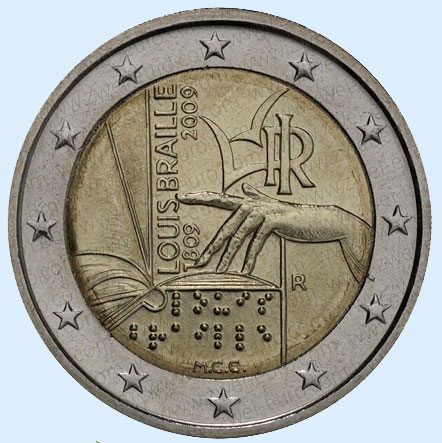
Issue date october
Quantity 2.000.000
Picture source: Zwei euro
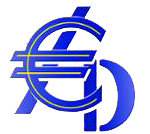 AD€ - Les Amis de l'Euro
AD€ - Les Amis de l'Euro